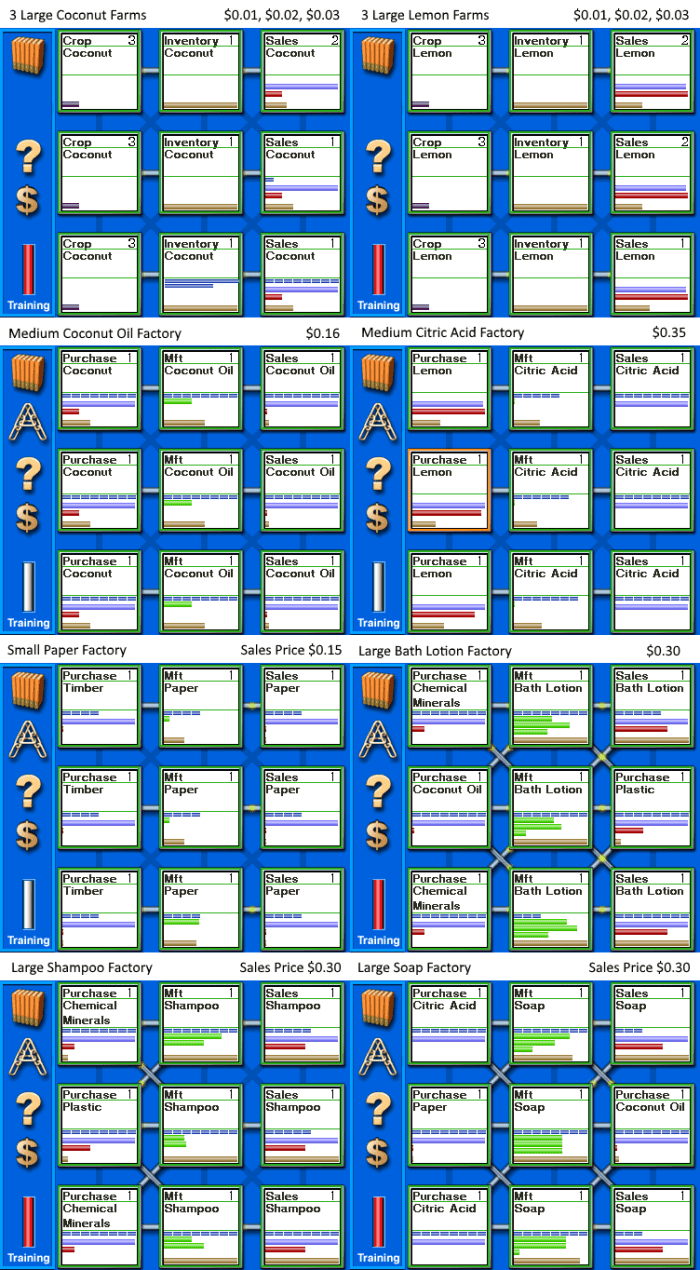

The state of public health and general education.

The executives identified 10 powerful forces that had the potential to disrupt the progress flowing from the spread of market capitalism. The book is based on those forecasts, the highlights of their observations, and prescriptive thoughts based on our analysis of their ideas. We assembled forums of a dozen or more executives in Europe, East Asia, Latin America, and the US, gave them a package of graphic projections of the global economy in 2030, and spent an evening and a long morning discussing these forecasts with them. The three of us thought that in the context of the economic and social problems at the turn of the 21st century-not COVID-19 but plenty of other concerns-it would be interesting to assemble groups of outstanding business leaders to learn what future problems they thought HBS should focus on as the School prepared for the next century.
#Capitalism ii additional scenarios professional
In the context of the economic turmoil at the turn of the 20th century, the alumni asked whether Harvard might develop a school to educate professional managers who would improve the quality and integrity of the managerial class, much as the law school and medical school had done for those professions. The School was founded because important Harvard alumni discussed with President Eliot their observation that a new class of executives who managed huge enterprises but did not own them had emerged. Joe Bower and Lynn Paine: The book had its origins in the preparations for celebrating the Centennial of HBS in 2008. Martha Lagace: What was the genesis of this project and your method? Capitalism at Risk is published by Harvard Business Review Press.īower and Paine discussed key themes and business examples in our email Q&A. McLean Professor of Business Administration and Senior Associate Dean for International Development. Snider and Family Professor of Business Administration and Co-chair of the School’s Social Enterprise Initiative, and Lynn Paine is the John G. David Professor of Business Administration, Emeritus, Leonard is Eliot I. Paine in the new preface.īower is the School’s Donald K. “We urge business leaders everywhere to seize this opportunity to rebuild public confidence in capitalism and its ability to function in a way that generates inclusive and sustainable prosperity,” write coauthors and HBS professors Joseph L. The revised edition includes examples of private sector leadership by American and global companies. The new edition of Capitalism at Risk, subtitled How Business Can Lead, is expanded with three additional chapters updating the 10 disruptive forces identified in the first edition, showing how managers can address these challenges, and describing how public confidence in the market system could be rebuilt. The problems it identified with social inequality, global trade strife, and environmental degradation have only accelerated by 2020. The book Capitalism at Risk first appeared in 2011.


 0 kommentar(er)
0 kommentar(er)
